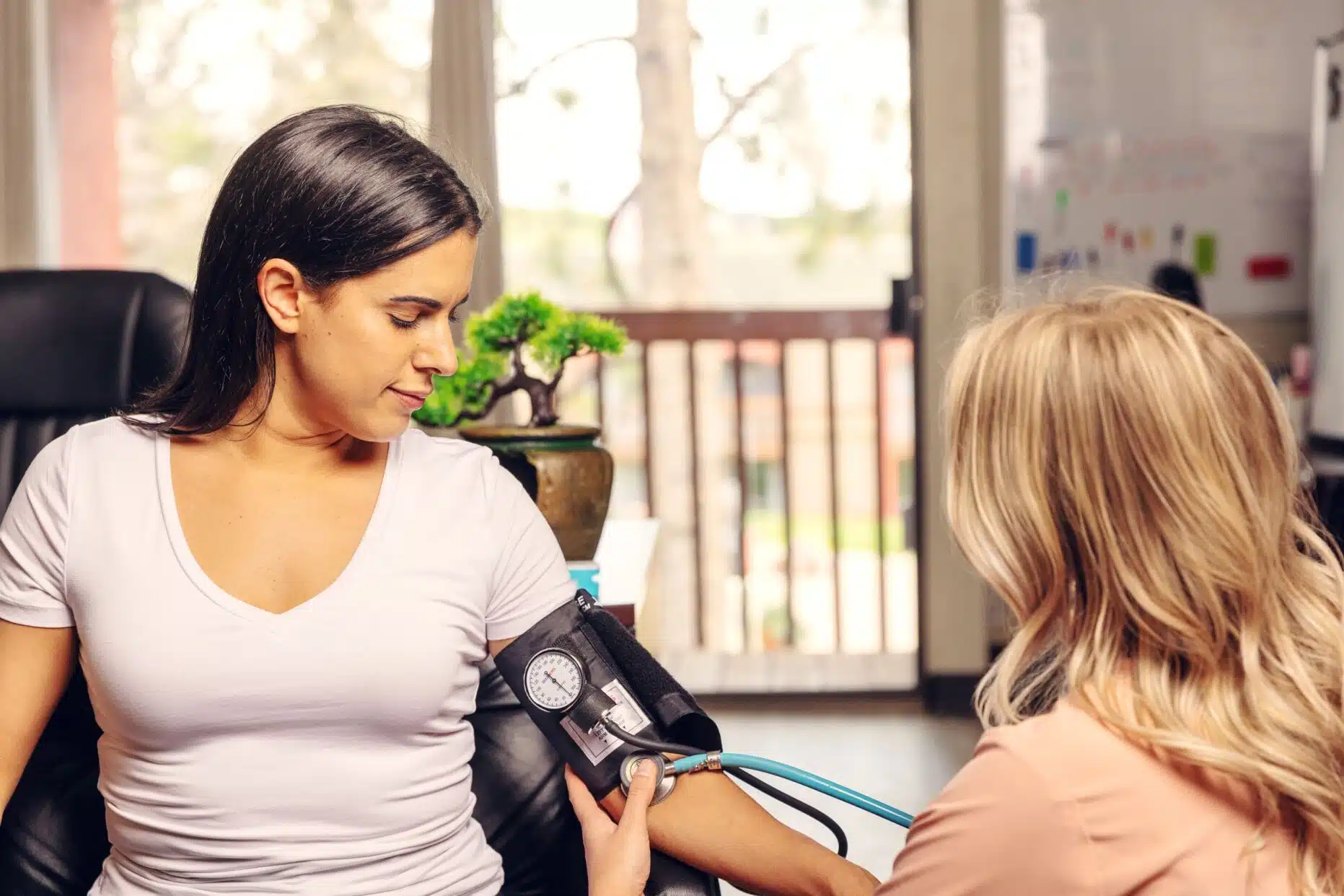Methadone is commonly used in the treatment of opioid-dependent patients to help in reducing opioid withdrawal symptoms. It is classified as a Schedule II controlled substance and can only be prescribed by licensed drug rehab facilities as the drug itself is highly addictive. However, methadone is still commonly abused, especially by people battling opioid addiction. Frequent use can also make one develop tolerance to the drug and hence need higher doses to achieve the desired effects.
Once one has developed a methadone dependence, it becomes difficult to quit. Most people don’t know how to how to detox off of methadone. This is because trying to get off the drug usually results in uncomfortable withdrawal symptoms. That is why it is important for patients recovering from methadone addiction to undertake their detox in a medical facility where their progress can be supervised. Facilities that offer treatment for methadone addiction usually have both outpatient and inpatient programs that help manage the severity of the withdrawal symptoms.
Symptoms of Withdrawal
The withdrawal symptoms that methadone abuse patients experience are similar to morphine, heroin, and other opiates. Most of the symptoms are usually moderate. Some of the common methadone withdrawal symptoms are;
- Fever and chills
- Muscle pains
- Anxiety
- Depression
- Hallucinations
- Insomnia
- Diarrhea
- Paranoia
- Irritability
- Stomach cramps
- Increased heartbeats
- Sweating
- Nausea and vomiting
It is important to note that the seriousness of the withdrawal symptoms depends on the severity of the addiction. The withdrawal process may also be more intense if the patient is abusing multiple substances. It is not advisable to quit methadone cold turkey as it can be fatal. Tapering off is a safer way of getting a patient sober from methadone addiction.
Duration of withdrawal
The symptoms of methadone withdrawal can take up to 24 hours after the last dose appear. For methadone to be completely off a patient’s system, it can take between 15 to 60 hours. For patients with more severe addictions, that can take several days. How long do you withdraw from methadone? Since the drug stays in the system longer than other medications, the first 10 days are the most uncomfortable. The methadone withdrawal timeline typically looks like this;
- Day 1- 2: Withdrawal symptoms begin after 30 hours of the last dose.
- Day 3- 8: Stronger cravings for methadone. Patients start experiencing body pain, anxiety, irritability, insomnia, cramps, and nausea.
- Day 9- 15: The withdrawal symptoms start to reduce, though others, such as diarrhea, irritability, and physical discomfort, may persist. Craving for the drug becomes stronger and severe depression might set in.
- After day 15: Symptoms such as anxiety, low energy levels, sleep difficulties, and methadone craving may persist for three more weeks. After the sixth week, some patients develop post-acute withdrawal symptoms (PAWS), which can go on for up to two years.
- Every patient experiences a different methadone detox process depending on the duration of use, the severity of the addiction, level of tolerance, and the patient’s body chemistry. It is safer and more efficient to do methadone detox in a drug treatment facility. Reputable rehab facilities have an experienced team of therapists and physicians who will develop a personalized treatment plan depending on the patient’s needs.
References
- ncbi.nlm.nih.gov – National Center for Biotechnology Information
- samhsa.gov – US Department of Health and Human Services
- ncbi.nlm.nih.go – National Center for Biotechnology Information
- ncbi.nlm.nih.gov – National Center for Biotechnology Information
- azdhs.gov – Arizona Department of Health Services
Medical disclaimer:
Sunshine Behavioral Health strives to help people who are facing substance abuse, addiction, mental health disorders, or a combination of these conditions. It does this by providing compassionate care and evidence-based content that addresses health, treatment, and recovery.
Licensed medical professionals review material we publish on our site. The material is not a substitute for qualified medical diagnoses, treatment, or advice. It should not be used to replace the suggestions of your personal physician or other health care professionals.






